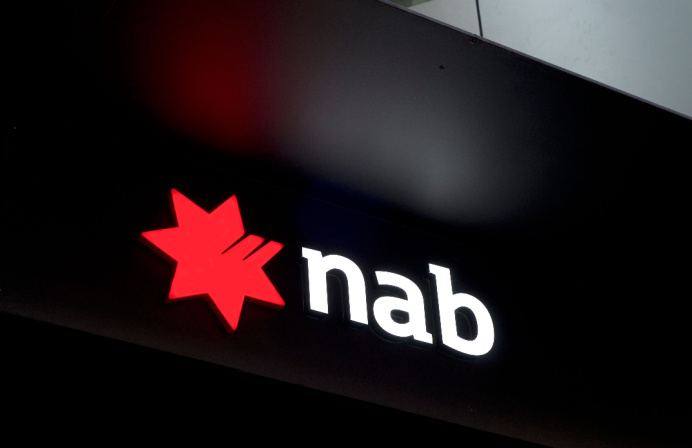
National Australia Bank (NAB) has announced it has achieved a world-first intra-bank, cross-border transfer of a stablecoin, delivered on the “public and permissionless Ethereum blockchain” – a decentralised, open-source blockchain with smart contract functionality.
It is the first time a major financial institution has successfully transferred a stablecoin on a layer-one public blockchain.
Stablecoins are a type of cryptocurrency, or digital currency, with the value of the asset pegged to another reference asset – most typically a fiat currency (e.g. Australian dollar).
The pilot transfers were made to NAB subsidiaries in New Zealand, Singapore, Japan, the US, Europe and the UK, with NAB deploying multi-currency stablecoin smart contracts for each of the seven associated currencies.
The transaction was completed using NAB’s own newly minted ERC-20 token. ERC-20 is the Ethereum blockchain’s technical standard for smart contract-enabled tokens.
NAB stated that the successful pilot transaction “demonstrates the potential to cut cross-border transactions from days to minutes”. It added that it brings the bank “one step closer to enabling clients who operate in multiple jurisdictions and currencies a simpler and faster experience”.
As a result of the successful trial, the bank said it intends to offer its stablecoin to select corporate and institutional clients – a significant number of which operate across multiple jurisdictions – to transact by the end of 2023.
In January this year, NAB unveiled its own minted Australian stablecoin, AUDN, that is “fully backed one-for-one with the Australian dollar and managed as a liability of the bank”.
The bank said its digital coin forms “the cornerstone for NAB’s ambitions in digital assets”.
NAB’s entry into the stablecoin race came just nine months behind ANZ’s minting of its own digital currency, A$DC, also pegged to the AUD, which became Australia’s first stablecoin created by a major bank.
NAB’s EGM for markets Drew Bradford said the bank was “committed to pursuing the right digital asset opportunities with clear customer benefits”.
“Bringing multi-currency stablecoins to market demonstrates NAB’s focus on simplifying international banking protocols to increase speed and transparency while lowering costs and reducing complexity for customers.”
He added the bank was committed to delivering the “safest, simplest and most secure digital asset ecosystem”.
The Reserve Bank of Australia (RBA), alongside the Digital Finance Cooperative Research Centre (DFCRC), earlier this month announced the launch of pilot testing 14-use cases for a central bank digital currency (CBDC). Fellow big four bank CBA welcomed the project, noting it would collaborate actively with the RBA and DFCRC, alongside ANZ, to explore use cases for CBDC.
However, with uncertainty around the timeline of the RBA-led CBDC project, both NAB and ANZ have opted to have a shot at developing their own digital currencies.
Blockfold, a smart contract developer specialising in decentralised finance platforms, and Fireblocks, a digital asset platform developer, were core partners in NAB’s stablecoin pilot.
“This includes leveraging their expertise for smart contract creation, securely minting and burning its stablecoin and managing the direct custody of the digital assets on the blockchain technology,” NAB confirmed.
Fireblocks chief executive and co-founder, Michael Shaulov, recognised Australia as a “global torch bearer for tokenisation in financial services”, praising NAB for “leading the charge in the world’s first use case of a large financial institution leveraging a public blockchain for cross-border payment rails”.
“NAB’s successful trade execution marks the beginning of the evolution of financial services from Web2 to Web3, underpinned by blockchain technology as well as strong governance and risk management,” Shaulov said.
BlockFold chief executive and co-founder Francois Schonken added: “NAB eco-system of stablecoins puts in place cross-border payment rails that unlock tokenisation potential for both real-world assets and financial products.”





